What You Need to Know about Samsung LED Grow Lights
In the burgeoning world of indoor farming, Samsung LED grow lights have emerged as an industry leader, known for their superior performance and long lifespan. By 2019, Samsung LED grow lights had quickly risen to industry leadership due to their exceptional performance and durability. However, this success also spawned counterfeit products, causing setbacks for some indoor farmers.
These counterfeit grow lights posing as Samsung products can lead to poor germination and disappointing harvests. But if you know how to justify the reality of Samsung diodes, things will be totally different. Here we are, offering this complete guide on Samsung LED grow lights, including basic information on Samsung models and the related Samsung diode prices.
Table of Contents
An Overview of Samsung Diode Models
Samsung offers top-of-the-line options with its 3030 and 2835 series. The 3030 series includes three models: LM301H, LM301B, and LM301D, each progressively more efficient. On the other hand, the 2835 series offers a more budget-friendly alternative without compromising much on efficiency. Let’s check the chart below to have a quick yet comprehensive look at these two LED grow light series.
|
Feature/Model |
3030 Series |
2835 Series |
|---|---|---|
|
Size (mm) |
3.0 x 3.0 |
2.8 x 3.5 |
|
Thickness (mm) |
1.9 |
0.7 |
|
Models |
301H, 301B, 301D |
General Series |
|
Efficiency |
301D: 2.75, 301B: 2.92, 301H: 3.1 |
Slightly below 301D |
|
Performance |
Consistent lighting, low brightness decline, improves plant health |
Versatile, less heat, ideal for various lamp configurations |
|
Forward Voltage (V) |
301D: 2.70, 301B: 2.71, 301H: 2.7 |
Close to 301D |
Knowing the specifics of Samsung’s LED models helps you tailor your setup to your plants' exact needs. These details will also guide you in distinguishing genuine Samsung products from counterfeits, ensuring you're making a sound investment that will yield healthy plants. So, before making a purchase, arm yourself with this knowledge to make the best choice for your indoor farming needs.
How to Identify High-Quality Samsung LED Grow Light
With basic knowledge about Samsung diode models, we can move on to a streamlined guide to identifying authentic Samsung LED grow lights, organized around 3 key factors.
Model Verification
As explained above in detail, Samsung produces two main LED series only: the 3030 and the 2835. Within the 3030 series, specific models include the 301H, 301B, and 301D. An authentic product will strictly adhere to these models and their associated specifications. If you encounter an LED light under a different model or series name, treat it as a red flag.
The same applies to the dimensions. Samsung’s 3030 series should measure 3.0mm x 3.0mm, while the 2835 series should be 2.8mm x 3.5mm. Any discrepancy in these dimensions is a telltale sign of a counterfeit product. Always make sure the product dimensions match the series or model number.
Pro Tip: Samsung's LED In-branding program can help you verify if a light brand is their authentic partner.
LED Lifespan and Luminous Decay
One of the strongest selling points of LED lights since they arrived on the market has been their extended lifespan. LEDs of all types last much longer than fluorescent lights and HPS grow lights, but it is important to understand that just because an LED still works doesn’t mean it is still performing. Authentic Samsung LEDs are renowned for their extended lifespan and minimal luminous decay, meaning the light quality remains consistent over time. If the product literature indicates significant luminous decay, or if you notice a decline in plant growth over time, you're likely dealing with a counterfeit product.
Price & Energy Efficiency
A low price that seems too good to be true often indicates a counterfeit product. While authentic Samsung LEDs may come with a higher upfront cost, they offer long-term savings through exceptional energy efficiency, longer lifespan, and consistent light quality.
Energy efficiency is essentially the ability to generate the maximum amount of light output for the minimum amount of energy input. Authentic Samsung LEDs are designed to operate efficiently, offering greater light intensity without a significant increase in power consumption. Tracking your grow light operation's power consumption can provide additional clues about the authenticity and efficiency of your LED lights. If you observe an unusual level of energy use that does not correspond to a similar level of plant growth, you are likely dealing with counterfeit or inefficient lights.
Conclusion
With unbeatable features like energy efficiency, robust build quality, and an adaptable growth light spectrum, Samsung LED grow lights offer a level of flexibility and convenience that is unparalleled. Investing in Samsung LED grow lights is, without a doubt, a wise move for any serious indoor farmer or hobbyist. They promise not just to meet but to exceed your expectations, providing a nurturing environment for your plants to flourish.
FAQs about Samsung LED Grow Lights
- Can Samsung LED grow lights be used for all types of plants?
Absolutely. Samsung LED grow lights offer a versatile range of light spectrums suitable for different plant growth stages and types of plants. Whether you're growing herbs like basil and mint, vegetables like tomatoes and lettuce, or even exotic orchids, these lights can be adjusted to provide the optimal light conditions for each.
- How long do Samsung LED grow lights last?
One of the standout features of Samsung LED grow lights is their durability. The average lifespan hovers around 50,000 hours, which translates to several years of constant use. Built with high-quality materials and designed to resist wear and tear, these lights are an investment that will pay off in the long run.
- Is it complicated to set up the Samsung LED grow light?
Setting up Samsung LED grow lights is a breeze. Each product usually comes with a detailed user manual that guides you through the setup process step by step. Many of the lights also have plug-and-play features, making it even easier for those who may not be tech-savvy.

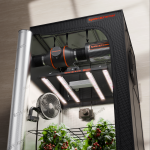
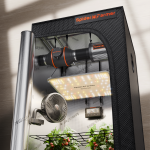
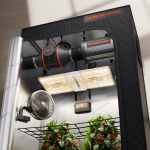
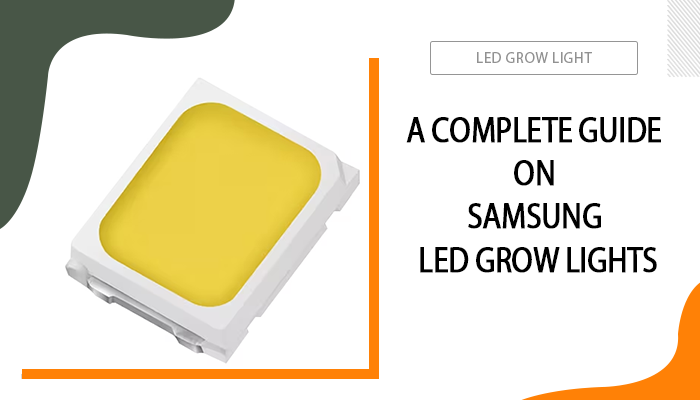

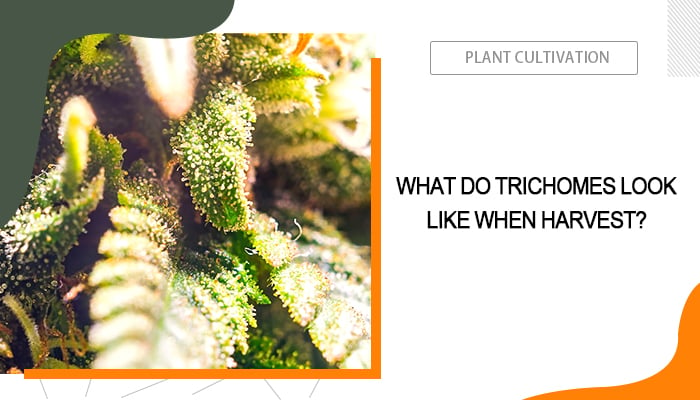
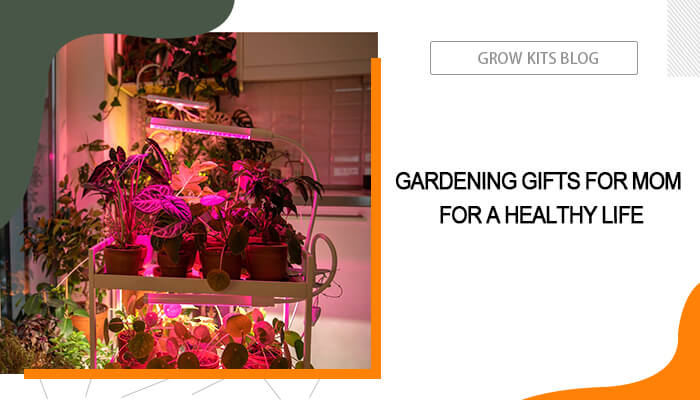


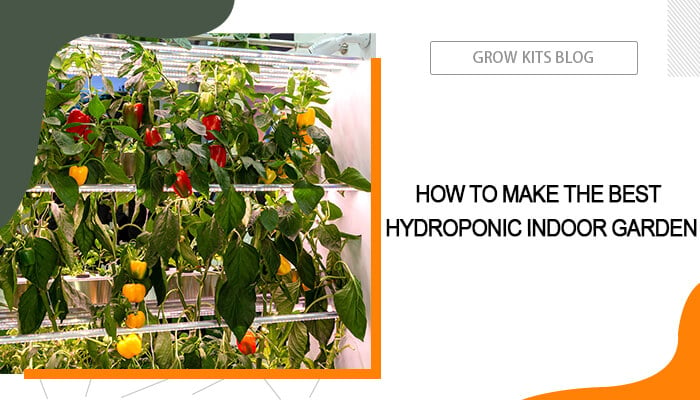

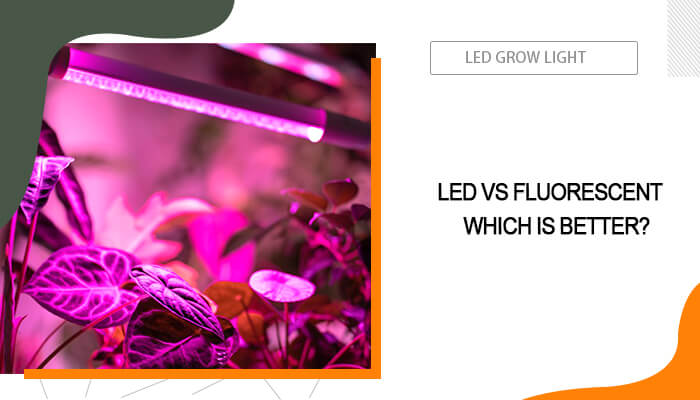
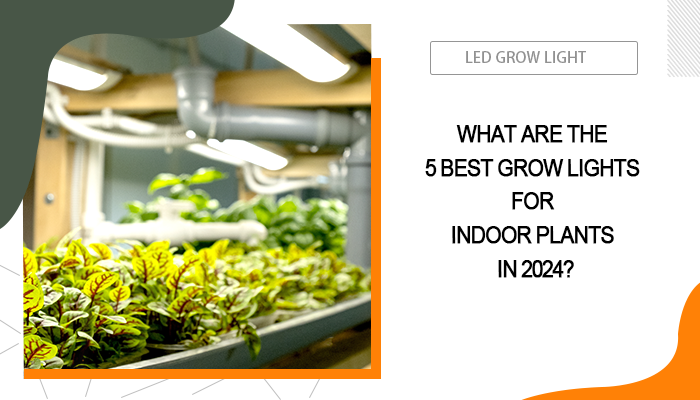
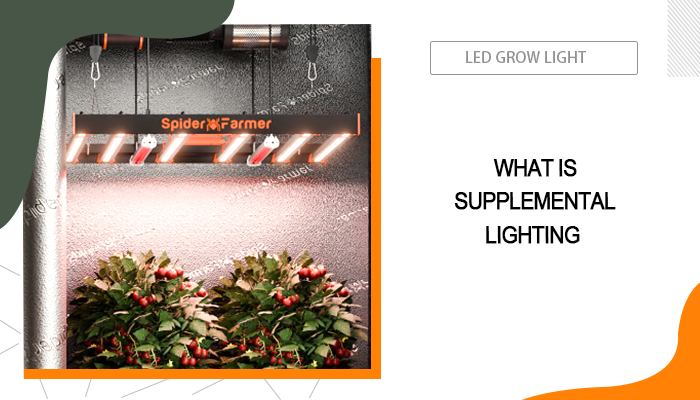
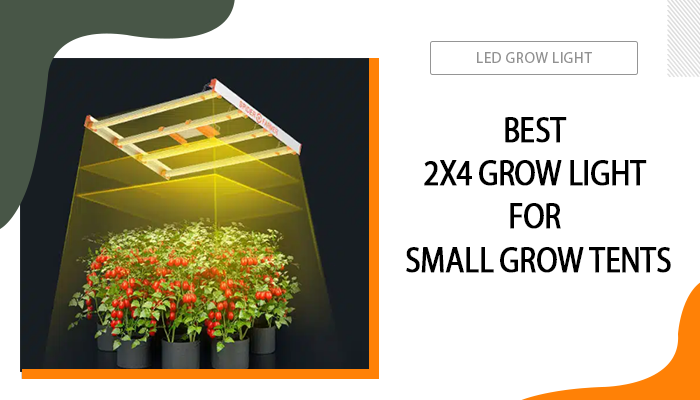
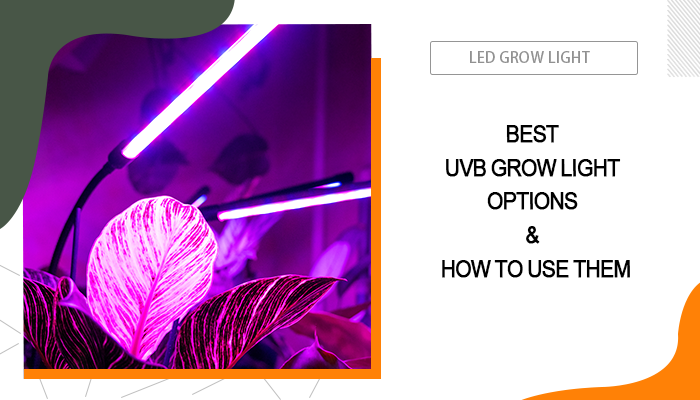
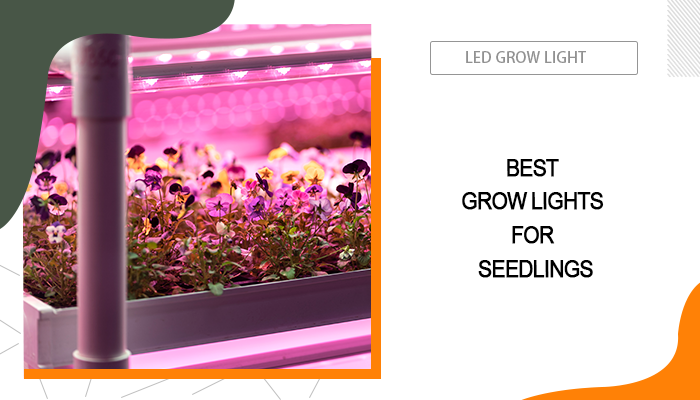


This guide was incredibly helpful! I’ve been considering investing in Samsung LED grow lights for my indoor garden, and the detailed comparisons and tips you provided made the decision so much easier. Thank you for breaking down the specs and features so clearly!
Love my new 400 spider light,,, thank you